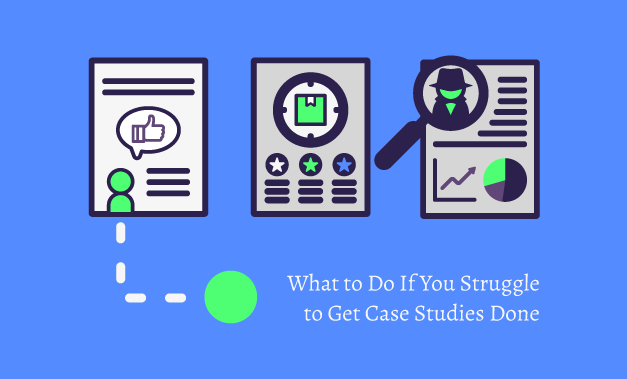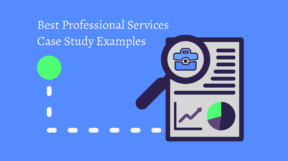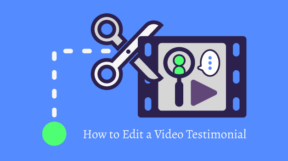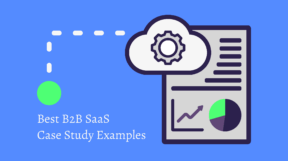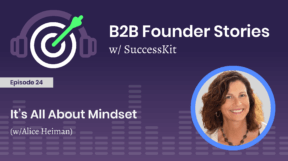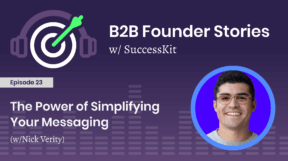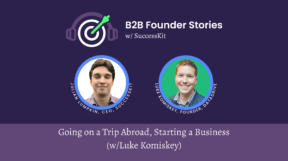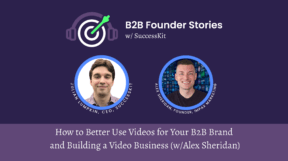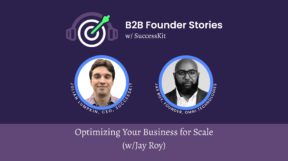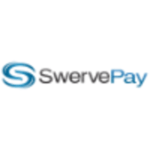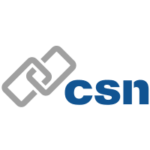Case Studies are valuable to a business’s sales and marketing teams, but they aren’t always easy to get done. In this post, we explore why that is and what you can do about it.
Why You Can’t Get Case Studies Done
The best B2B Case Studies show how a client had a specific problem, implemented a solution, and goes on to describe how that solution led to massive, direct, and measurable results. But there are several roadblocks to their completion, including the following:
- The client won’t give you permission or approval. Some clients may participate in the Case Study interviews but restrict you on what info of theirs you can publish. There are also some clients who refuse to participate at all because they aren’t comfortable publishing specifics on the outcomes they achieved with you.
- Yours is a startup business that hasn’t delivered real results yet. Your clients may be big supporters of what you do, but you haven’t been in business long enough to see the full, long-term results of your solution.
- You’ve exhausted your client list when creating other Case Studies. You’ve already created Case Studies featuring your best clients, and the rest of your customers don’t have compelling enough stories to create any more.
- Your company offers a minor solution. LinkedIn is full of posts about businesses offering huge, billion-dollar, game-changing solutions. The truth is, though, that there are tons of companies that provide great products that their clients love, but these products aren’t enough to generate a full-blown Case Study.
…And What You Can Do About It
If you struggle to get Case Studies done for any of the above reasons, consider the following options.
- Anonymous Case Study. This option works best for when your client won’t give you permission or approval for a Case Study. An anonymous Case Study lets you still tell your client’s story, but without involvement from or mention of the client.
- Use Case. This type of content lets you showcase a product or service and explore how it might be used in a real-world scenario. Without naming any specific client, a Use Case highlights the features and benefits of the company’s offering. Consider creating a B2B Use Case if you’re a startup company who hasn’t seen long-term results yet.
- Success Story. Any business can benefit from having Success Stories. Considered a lite version of a Case Study, a Success Story broadly describes the customer, the service or product, and why the customer is satisfied with your company. In short, they look and read like Case Studies but lack the level of detail.
When choosing an option, consider which type of content you’d prefer to read if you were your own prospect. What would best convince you to hire your company if you were your potential customer?
Conclusion
While you should create as many full Case Studies as you can, anonymous Case Studies, Use Cases, and Success Stories are great alternatives. For help with any of these, contact our team at [email protected].
